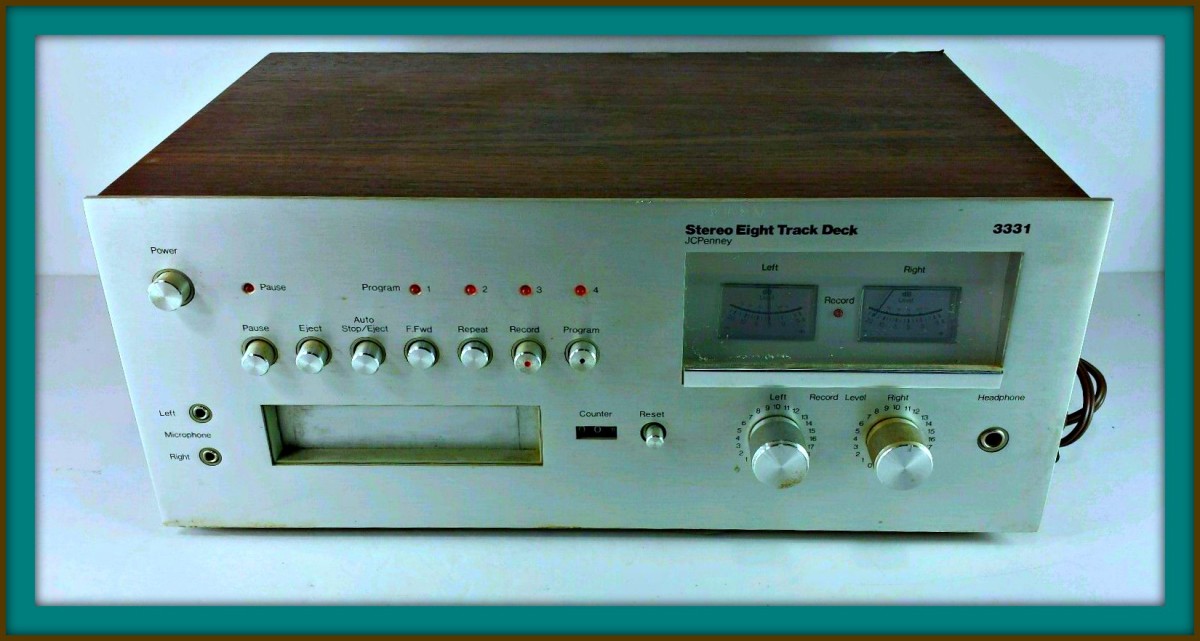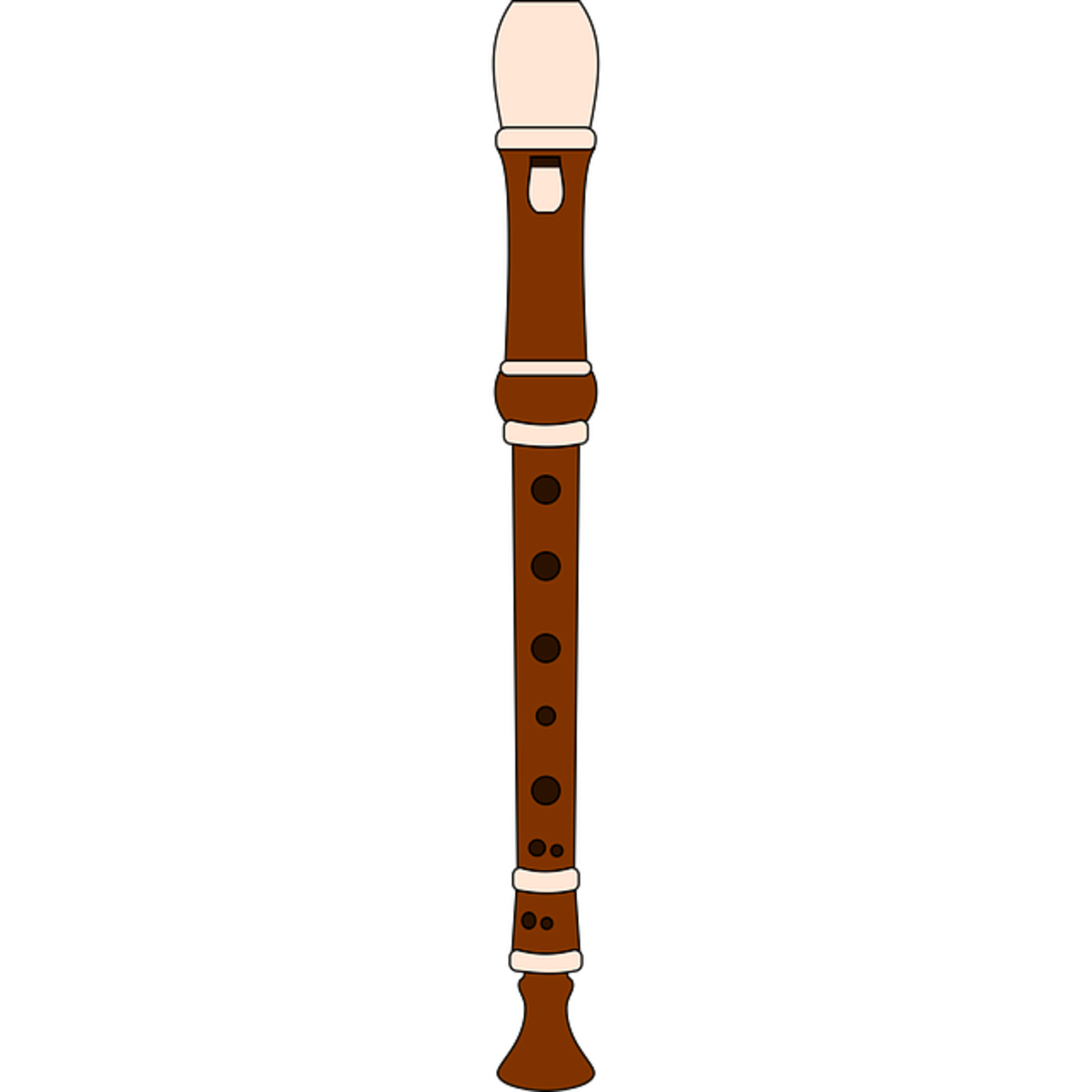Korg SR-1 SOS vs Zoom h4n Handheld Digital Recorder Comparison
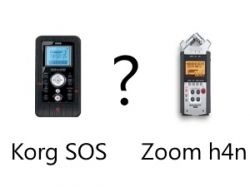
The Korg SOS and Zoom h4n - Battle of the Handheld Multitrack Recorders
True multitrack capability is a fairly rare commodity in the world of handheld recorders. That makes sense given that most of these units are constrained from having too many manual controls due to their size. Through a combination of menu's and inputs, these two units manage to make it fairly simple to record multiple tracks.
While both of these recorders are capable of laying down multiple tracks, each does so in a radically different way. Read on to find the advantages and disadvantages, and choose the one that will work best for your studio.
Image Credit: Amazon.com
Mashed By Me
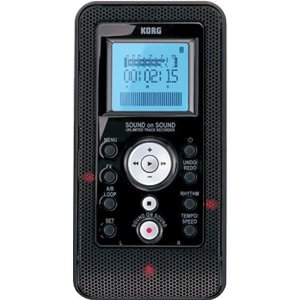
Korg SR-1 SOS Review
The Korg SOS is really and truly an unlimited track recorder. No kidding. You start a song, record a track, and another, and another, and so on until you run out of space on your SD card. To my knowledge it is the only recorder on the market to off such a feature. However, despite this incredible feature, the Korg SOS has some limitations which effectively bring it into the "Best Darn Looper and Practice Tool you'll Ever Use" category.
Image Credit: Amazon.com
What is abundantly clear about the unit, is that it was designed with the guitarist/bassist in mind, rather than the vocalist. The 1/4 inch guitar input is a nice touch, seeing as a number of units on the market only offer an 1/8 in jack - regardless of whether or not you can switch it between line and guitar level. A small touch, but definitely noteworthy. Additionally, the unit comes packed with over 100 "effects". I put effects in quotes because several amp models are included as well. 36 effects are included for guitar and bass (including amp models, chorus, flanger, etc...), 25 microphone source based effects (including panning effects, delays and reverb) and 32 mixdown effects (typical reverb, etc....). 7 additional effects are provided that can be controlled from the touchscreen. The effects are all derived from Korg's proprietary REMS (Resonant structure and Electronic circuit Modeling System), and sound reasonably decent. Effects can be applied to a track both during and and following recording, while the master effects must be applied to the entire song.
Undoubtedly the most attractive feature of the device is the ability to do unlimited overdubs (tracks). But, a close second has to be the unlimited undo/redo capability. Everything is saved (based on the size of the SD card your using), and everything can be moved in and out of the final song mix. That's truly neat - as even past takes can be reincorporated at a later time. Kinda like a musical sketchpad on steroids. The looper function is nice too - it's applied to the entire song, not on a track by track basis, and has your typical A/B intutitive start and end point settings. That's fine for most guitarists - and as an added bonus you can record at the same time you are looping!
While the Korg SOS does feature an onboard stereo condenser microphone, it's not adjustable as with most other handheld unit, which does somewhat limit it's functionality. An 1/8" external microphone port is available as well for connecting an external microphone.
The SOS is really designed as an unlimited overdub unit, and its intention is for you to export the tracks to an external DAW program on a PC to perform mixdown, or additional processing, unlike most larger portastudios. What's great about that though, is that it's BWF (broadcast WAV file) compliant and automatically timestamps the tracks, so that when you import the individual WAV files, everything lines up exactly as you recorded it. Nice. Korg provides some limited software free on their website which can handle the tracks imported from the unit.
Other features include Korg's famously accurate tuner technology, a set of practice rhythms and a neat 'sound stretch' feature which allows you to slow/speed up the music from 25% to 150% without changing the pitch. This is great for learning riffs and solos from your favorite song - simply record and playback. It also has a built in monitor speaker for quickly listening to a take when the headphones are't convenient. Recoding resolution is 44.1 Khz/16-bit.
My only real gripe with the unit is the low-res display. Although it doesn't impair functionality, it's 2011 - and most other units offer a higher resolution screen. In addition the touch screen ability really doesn't offer that much functionality to the unit.
While I wouldn't use it in a studio setting for mixing a hit record, it's about the best advanced sketchpad, looper your ever going to find - and only 50 bucks more than the similar, less functional Tascam GB-10. At a price as low as $199.00, and considering it'll fit in most guitar cases, it's a great buy.
Image Credit: Amazon
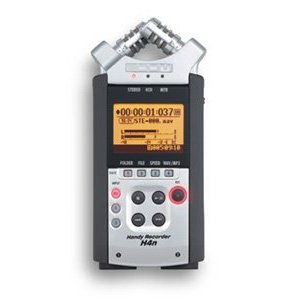
The Zoom h4n Review - Multitrack and Simultaneous Recording
For a number of reasons, I like the Zoom h4n better than the Korg SOS. First, outside of the novel unlimited track/undo/redo feature, the Zoom h4n does everything it can, and a whole lot more.
As a portable device, many of the units functions are controlled via menus. Menus are easy to navigate using dial control located on the side of the unit. Modes can also be setting by using button press combinations on the face of the unit. The Zoom h4n's display is stunning and functional. It's backlit and has a sufficiently high resolution for managing menus and simulated controls with ease.
Image Credit: Amazon.com
The Zoom h4n has 3 specific modes (excluding the battery saving stamina mode): MTR (4 monaural track recording), stereo microphone mode and a 4 channel simultaneous mode.
MTR mode is comparable to any digital 4 track recorder. You can record up to two tracks at a time from different sources and apply effects during the recording process. Tracks can be bounced to make room for more tracks - effectively increasing the amount of available tracks. Effects can be applied per track (although they are shared when recording two simultaneous tracks), and there are special settings for receiving stereo signals through the inputs. The best part is that you can use the preamp plus a single effect in the chain before hitting the track. The preamps include some servicable amp models as well. 50 preset patches are included covering guitar, bass and vocals.
4 Channel mode is unique in the world of handheld recorders. 4 channel mode allows the recording of two stereo channels at the same time, with two of them originating from the built in microphones, and the other two coming from the two additional inputs. This allows tremendous flexability in recording bands from different angles and combining the result. Neat.
Stereo mode allows the highest fidelity recording at 96Khz/24-bit through the onboard microphones or inputs. The onboard microphones are arranged in a noise cancelling XY pattern and can be placed in a 90 or 120 degree position depending on the recording scenario.
Additional features include a chromatic tuner, variable metronome and playback speed adjustment from 50 to 150% without changing the pitch. The device also acts as a USB direct in recording device, which is great for those times after mixdown on the PC when another idea comes along. The USB interface allows recording with effects at 44.1Khz/16-bit fidelity.
While I am partial to Tascam and their Portastudio line (mainly because I am a big fan of manual mixing controls), this is a device that easily eclipses the functionality of a DP-004, and much of the DP-008. Additionally, it could easily be coupled with a DP-02 to provide the microphone capabilites that it lacks. For that matter, it could be used to replace the ambient microphones in just about any band setting.
Did I mention that the manual is excellent and easy to follow?
Image Credit: Amazon
The Verdict - Korg SOS or Zoom h4n?
The answer is that it depends on what you intend to do. The Korg SOS is an excellent 'looper' and trainer style device, while the Zoom h4n is more of a serious recording device, having much higher fidelity and control over the microphones - which seem like an afterthought on the SOS. The 96khz/24-bit mode, combined with the high quality pre-amp make the device suitable for direct in recording in a studio setting.
If your going to go crazy with overdubs, and don't want to bounce tracks, the Korg SOS allows you to do this using a very simple interface, however if you're looking for a serious handheld digital recorder, the Zoom h4n can't be beat.


